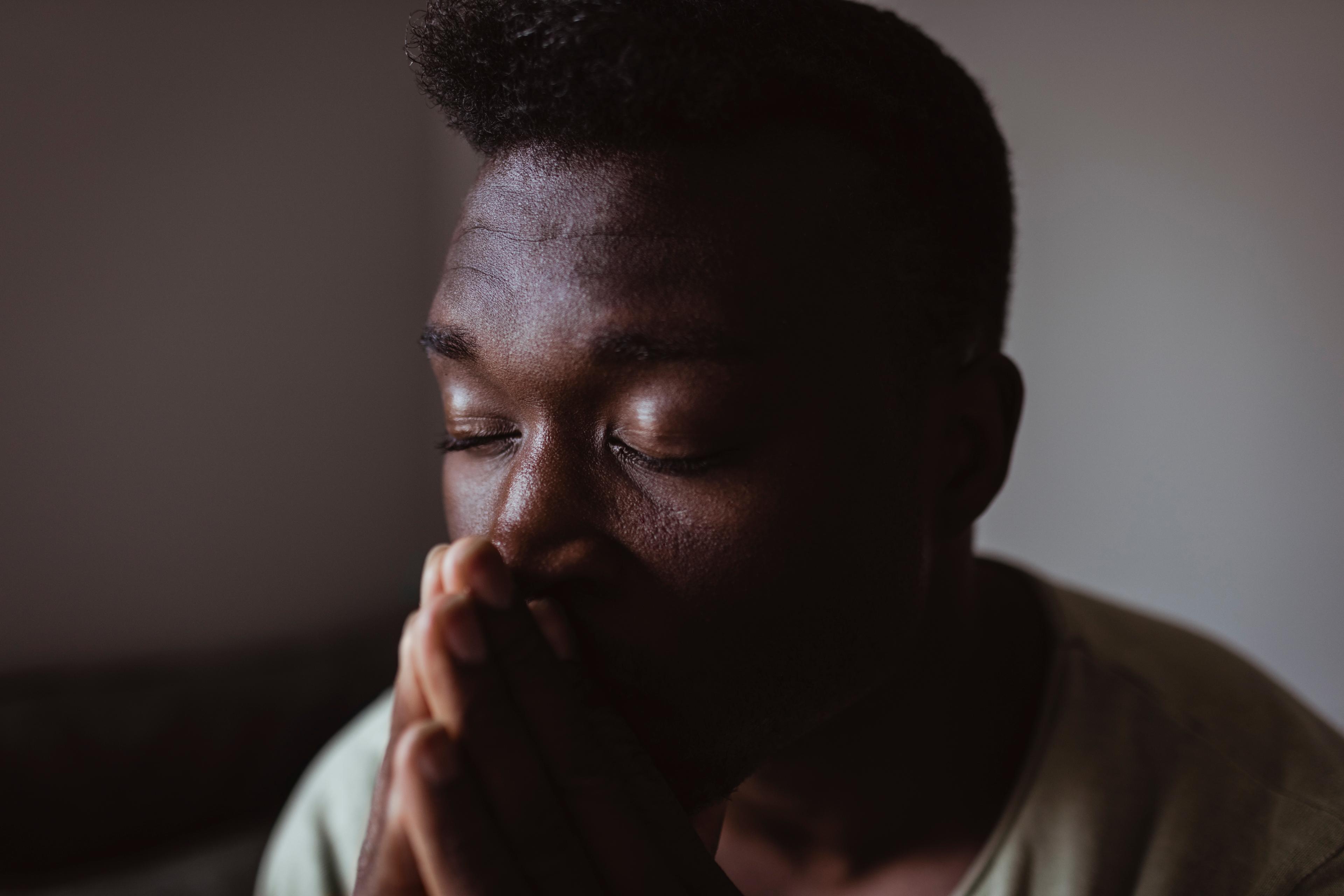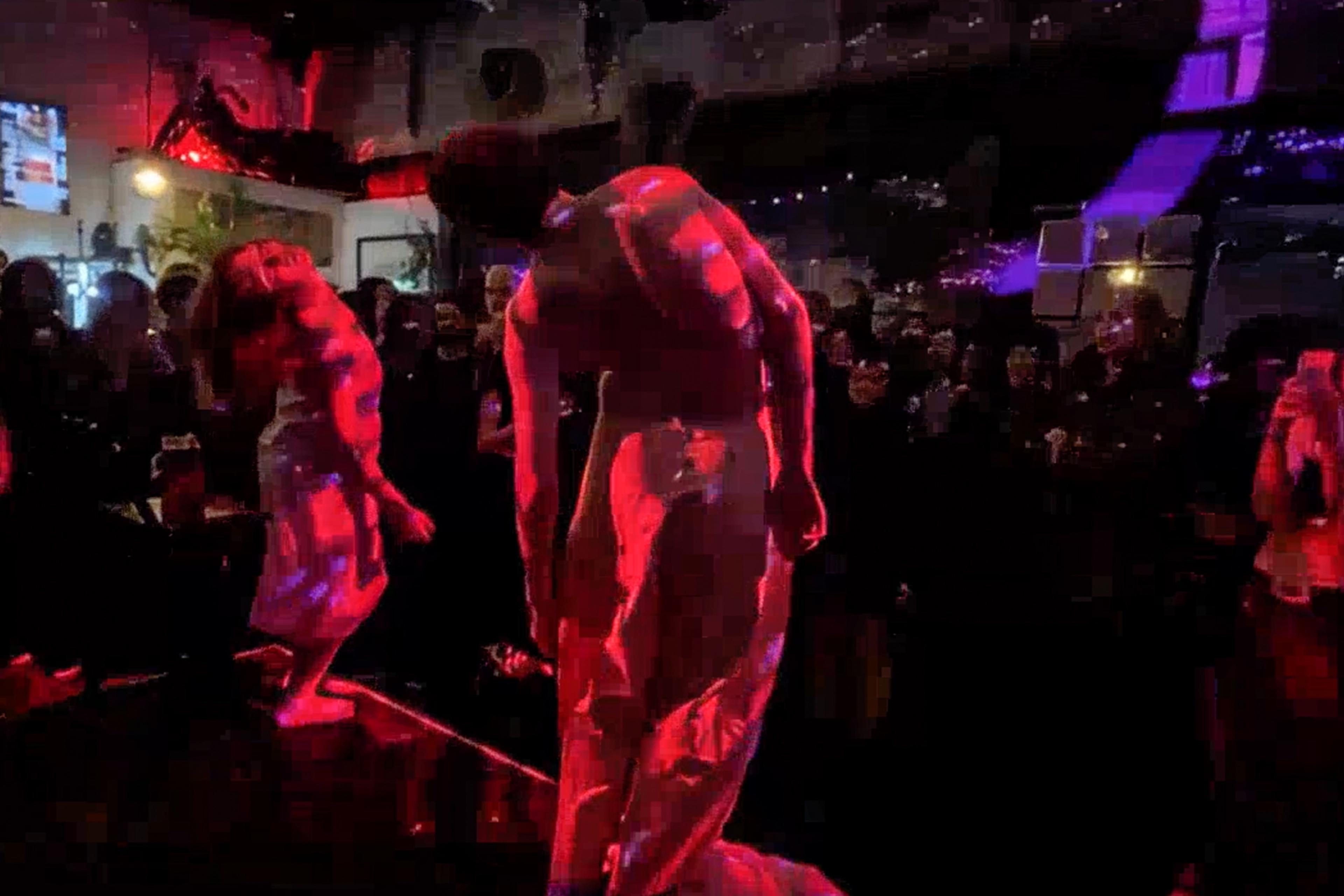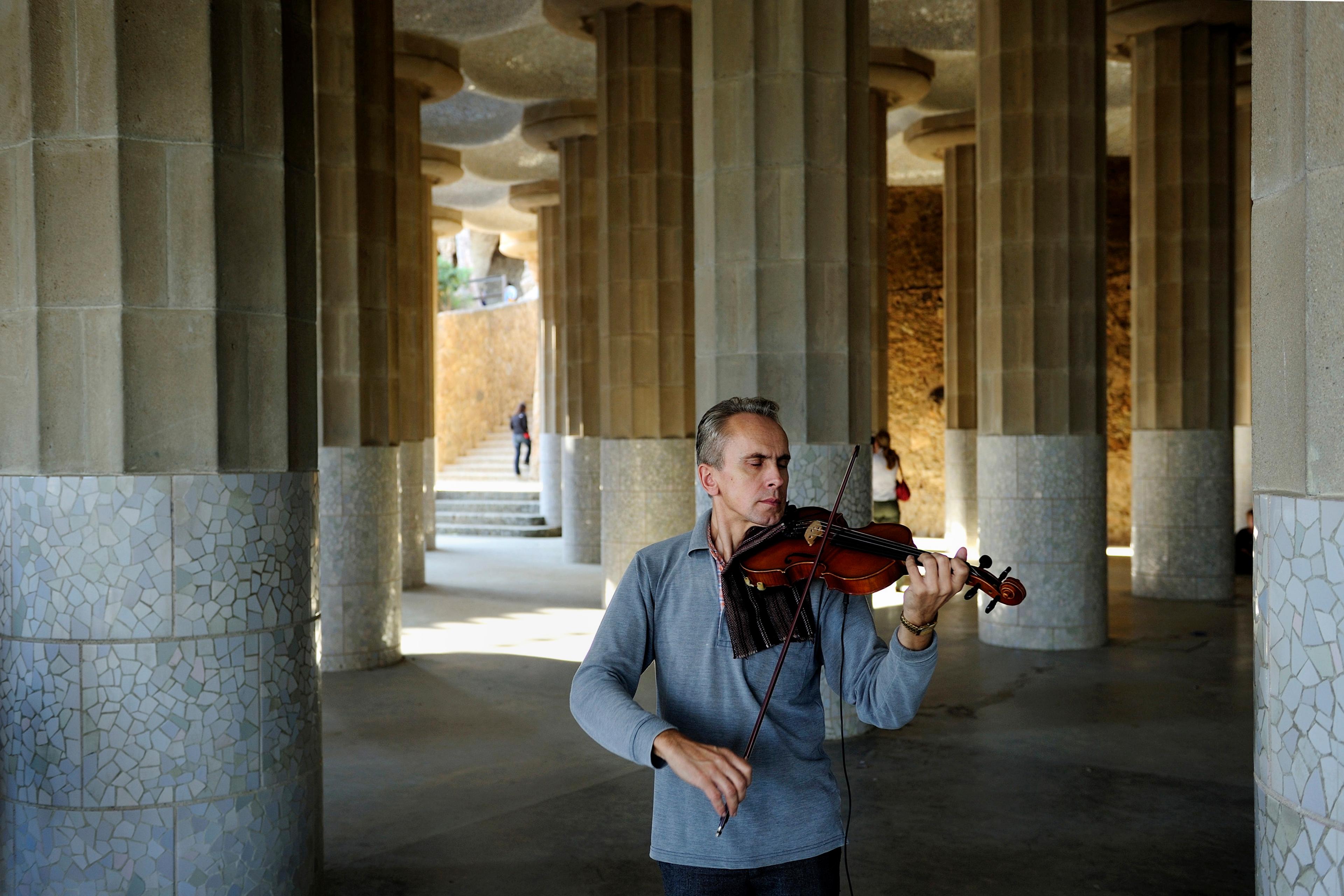Like jazz musicians, dancers of Argentine tango riff in real time, co-creating each move in each new instant. Unlike most couple dances, the tango is essentially improvised. Which leg will I move next? Will I step backward, forward or sideways? Will it last a half beat, four beats, or eight? I’m often in the dark until micro-seconds beforehand.
To dance this way, tango dancers communicate via invisible signals, felt inside our bodies. We feel our partner’s intentions to move before the outward physical steps occur. This allows two bodies to step seamlessly together into the unknown. I began learning this new sensory language during my first tango lessons 10 years ago. At first, I couldn’t differentiate a random twitch from a meaningful signal. But, gradually, I detected subtle sensations – such as the tightening and loosening of my partner’s chest and leg muscles – that signalled when, where and how to move.
Learning this dance is really about paying close attention. Skilful attention turns tango into a kind of moving meditation – an informal mindfulness practice that sharpens your focus and heightens your awareness. It might seem odd to connect tango and mindfulness, especially since many people assume mindfulness is about stress-reduction and finding calm. Although mindfulness does produce these effects, it does so by cultivating the power of attention.
A formal mindfulness practice develops attention the most fully, and it explicitly trains you to transfer attentional skills to all parts of your life. Yet many other life activities train attention as well, from learning to play a musical instrument to working in an emergency room. Cultivating my own attention on the dance floor, as well as off it, has shown me the power of this ordinary ability to transform my experience of myself, others, and the world into many extraordinary moments.
The most useful description of attention, for me, comes from the meditation teacher Shinzen Young and his Unified Mindfulness system. As he describes it, attention is composed of three skills working together: concentration, sensory clarity and equanimity.
Concentration
This is the skill of directing your focus toward what matters most, in each changing moment, and keeping it there as long as you choose. My first tango lesson challenged my concentration. I was learning the most basic element of tango’s sensory language: the felt difference of a partner shifting their weight from one leg to the other. In class, we paired up, taking turns leading and following. First, we had to discern where our partner’s weight was and mirror it by shifting to the same side. ‘Focus on your bodies’ was the instruction – that’s where the important information is. But the force of habit overpowered my concentration, and my thoughts took the lead. They kept calculating the odds of a next move, as if I were at a roulette table, betting on what steps my partner would choose. Predictably, this did not work.
When I did keep my focus on our bodies, subtle signals began to register. Still, it remained challenging to sustain my concentration there. In knee-jerk fashion, my mind routinely directs my attention upwards toward my thoughts. In an ongoing effort to rewire my circuitry, I work out in my mental gym, treating my concentration like a trainable muscle. I reframe my distracting thoughts as resistance bands that help build muscle strength. When my mind wanders, I bring it back to our bodies. Over time, it works.
I needed sensory clarity to differentiate signals from noise, and track those signals in real time
Many life activities ask the same question of us: what should we concentrate on? This is why, for example, athletes and business executives hire coaches – to train them to stay focused on what matters most as their needs shift and their habits threaten to box their focus into a corner.
Sensory clarity
In addition to concentrating on what matters most, I needed sensory clarity to differentiate signals from noise, and track those signals in real time. In class, we added another move: after shifting weight, partners could take a side-step. But how could I distinguish an intended side-step from a weight shift? I had to detect finer gradations. Did the building pressure in my partner’s torso direct our energy out to the side (signalling a side-step) or into the ground (signalling only a weight shift)?
Practising this kind of awareness helped me break the code of our bodies’ signals. And even discern that there is a code. Improved sensory clarity allows me to unpack myriad signals bundled up inside tiny sensations, indicating the speed, direction, rhythm, size and spirit of a step.
Many life activities, such as learning a foreign language, require a similar capacity. For example, English-speakers learning French often don’t initially hear the difference between the auditory signals of ‘l’amour’ and ‘la mort’. But their meanings are as different as love and death. Developing sensory clarity is essential for detecting the distinctions that carry meaning.
Equanimity
What ‘equanimity’ refers to here is an equilibrium in the emotional quality of how you pay attention, allowing experience to come and go freely. In my tango lessons, I felt pushed off my emotional axis because I was a beginner. I wanted to be an expert – immediately! Resisting the reality of being a rank beginner, I would often find myself lured into fantasies of doing advanced, dramatic steps with sexy men.
This conflict surfaced during a lesson with a legendary tango teacher from Argentina. She stopped me mid-song: ‘I can’t really feel your heart. Receive me. You are so far away…’ Far away? How could I possibly get any closer? Of course, she was right: my mind was miles away. She, my partner in real time, was but a substitute, standing in for my fantasies of all the men I’d be dancing with once I learned this impossible dance. ‘Receive me,’ my teacher repeated.
My fantasy seemed within reach a year later, when I was dancing in the mecca of tango, Buenos Aires. But soon the dance floor became so crowded that our bodies could barely move. My partner led me in lots of weight shifts and small, basic steps. Nothing was happening, I feared. And so, my mind skipped off to yet another dance, with another partner, imagining the complex, dramatic steps we could do, if only the conditions were different. This friction between my desires and the reality made me miserable. I travelled to Buenos Aires for this?
I felt the energy in his body gain momentum, until we both glided together in perfect synchrony
Then, I recalled my teacher’s words (‘Receive me’) and something changed. My buffed-up concentration and sensory clarity muscles redirected my attention back to my current partner, on that particular, crowded floor. With no place to go, and nothing to do, space cleared out in my awareness. Suddenly, sensations in my legs tugged on my focus. They led me to press my legs into the floor. This contact woke up the sensors sleeping inside my toes, feet and legs. My internal circuits lit up. I detected analogous sensors inside my partner’s body.
Our circuits connected. Subtle signals appeared where a void had been. I felt my partner’s weight coil around his right leg, bending his knee, with his energy sinking into the floor. His sensory system flashed ‘get ready for take-off.’ I waited … but no, I felt his leg straighten out. Clearly, ‘not yet’. Traffic jam ahead. Rather than tune out in frustration, we invented some creative variations on a weight shift. We riffed on almost-but-not-quite steps. Finally, I felt the energy in his body gain momentum, until we both glided together in perfect synchrony for a few steps.
This was equanimity, coupled with concentration and sensory clarity. Equanimity allows me to let go of the movies-in-my-mind featuring dances that are not possible. My concentration shifts so I can play within the limits of what is possible. With sensory clarity, I notice the quieter sensory events already present in the narrow sliver of the now.
In that moment on the dance floor, my whole body felt like a tuning fork, and we were both resonating at the same frequency. Even when all we were doing were simple weight shifts and small ‘nothing’ steps, it felt like the biggest ‘something’ of all: we, complete strangers, communicated in what felt like a deep, mysterious, satisfying connection.
What is true of weight shifts and small ‘nothing’ steps is true of much in life. Satisfaction depends on the quality of the attention you bring to an activity, not just on the activity itself. When you sip tea or a glass of wine, if you activate your sensory circuits, you can detect the multiple flavours blended within. When you ride a bicycle, the depth of your satisfaction depends on how you attend to sensory events, such as the wind on your face, an energetic buzz in your legs, a surge in your heart as you coast along. When we ‘receive’ our experience more fully and notice additional layers within it, everything feels fuller and more satisfying.
This realisation is often inhibited by the words and concepts we use to characterise our experiences. But practising attention and developing our sensory language can help us transcend those words and concepts. The word ‘love’ is an interesting case in point. The sensory experience of love is more ordinary and pervasive than many of us realise. As the neuropsychologist Barbara Fredrickson writes in Love 2.0 (2013), love ‘blossoms virtually anytime two or more people – even strangers – connect over a shared positive emotion, be it mild or strong.’ When we sync up with others, we experience micro-moments of love. Fredrickson uses the term ‘positivity resonance’, reflecting how this comes through the body’s sensory system. Words, with their limiting definitions, can blind us to these experiences of love, just as the sun prevents us from seeing the stars in the sky. We risk missing out on micro-moments of love unless we know to look for them and develop the attentional skills that teach us how and where to look. This is why learning the sensory language of our bodies is so important, whether or not you wish to dance the tango.
Words like ‘love’ are calibrated for large timescales like months, years or decades. But we live our lives in moments, and we might not always have the terms to describe what happens in fleeting snippets of time. We tend not to notice what we have no words for. But beneath the surface of our words, the body still registers sensations of connectedness. As in tango, when we detect these pleasant sensations, and ‘receive’ them with all of our attention, life’s little ‘nothings’ can be transformed into bigger ‘somethings’.








